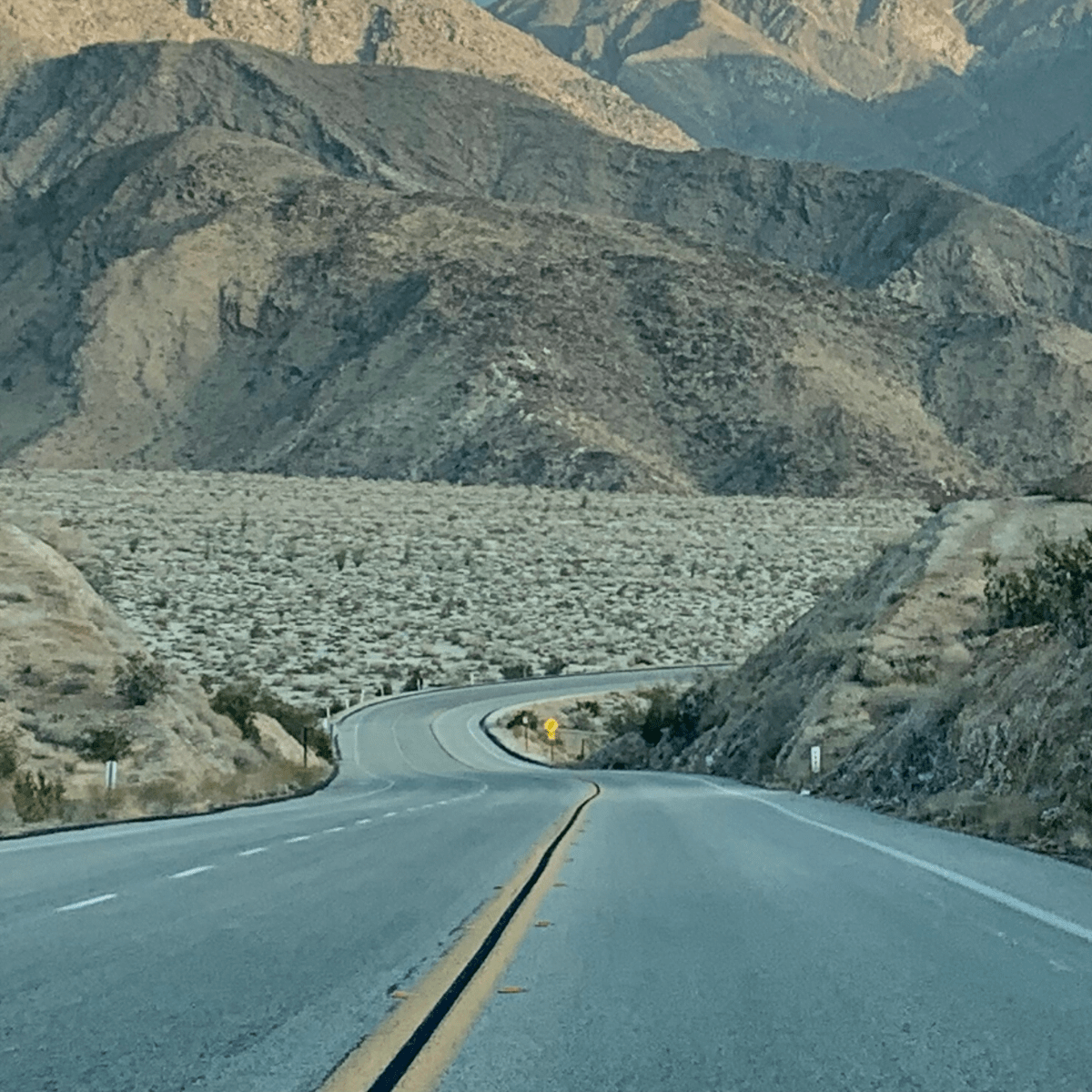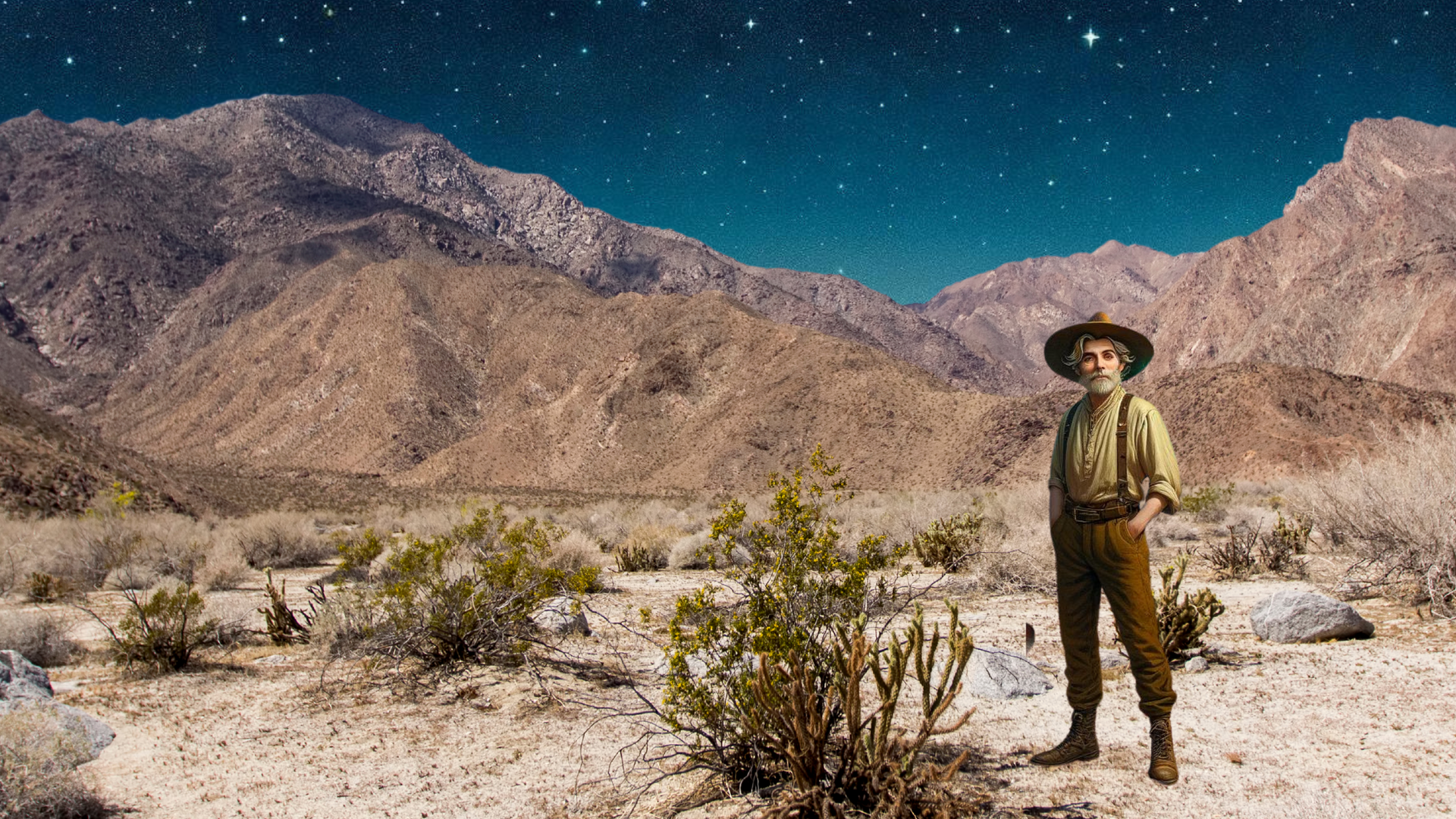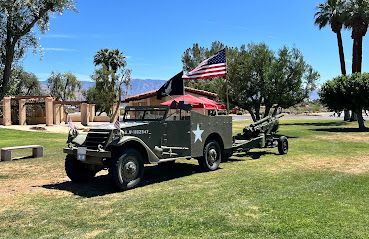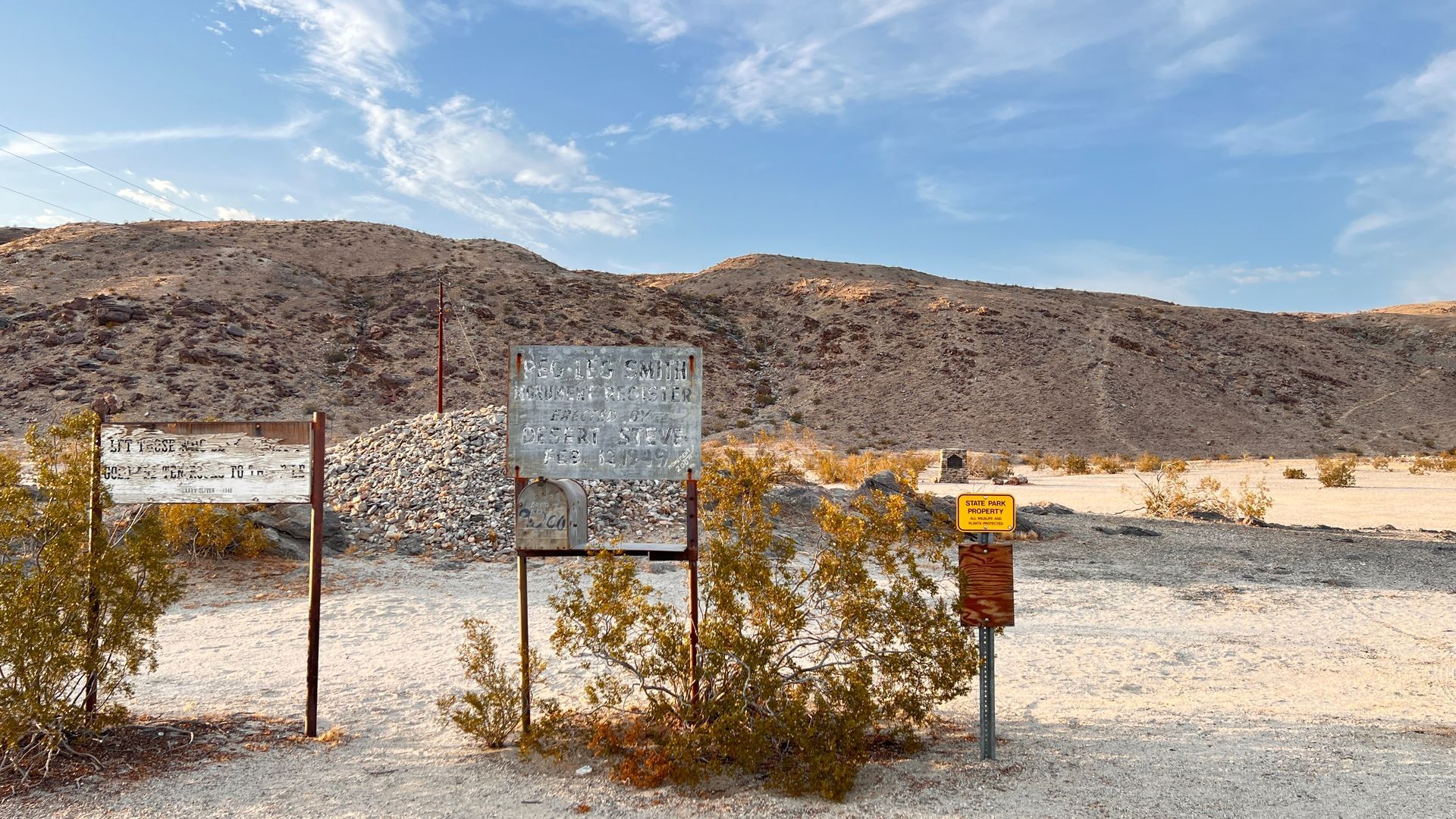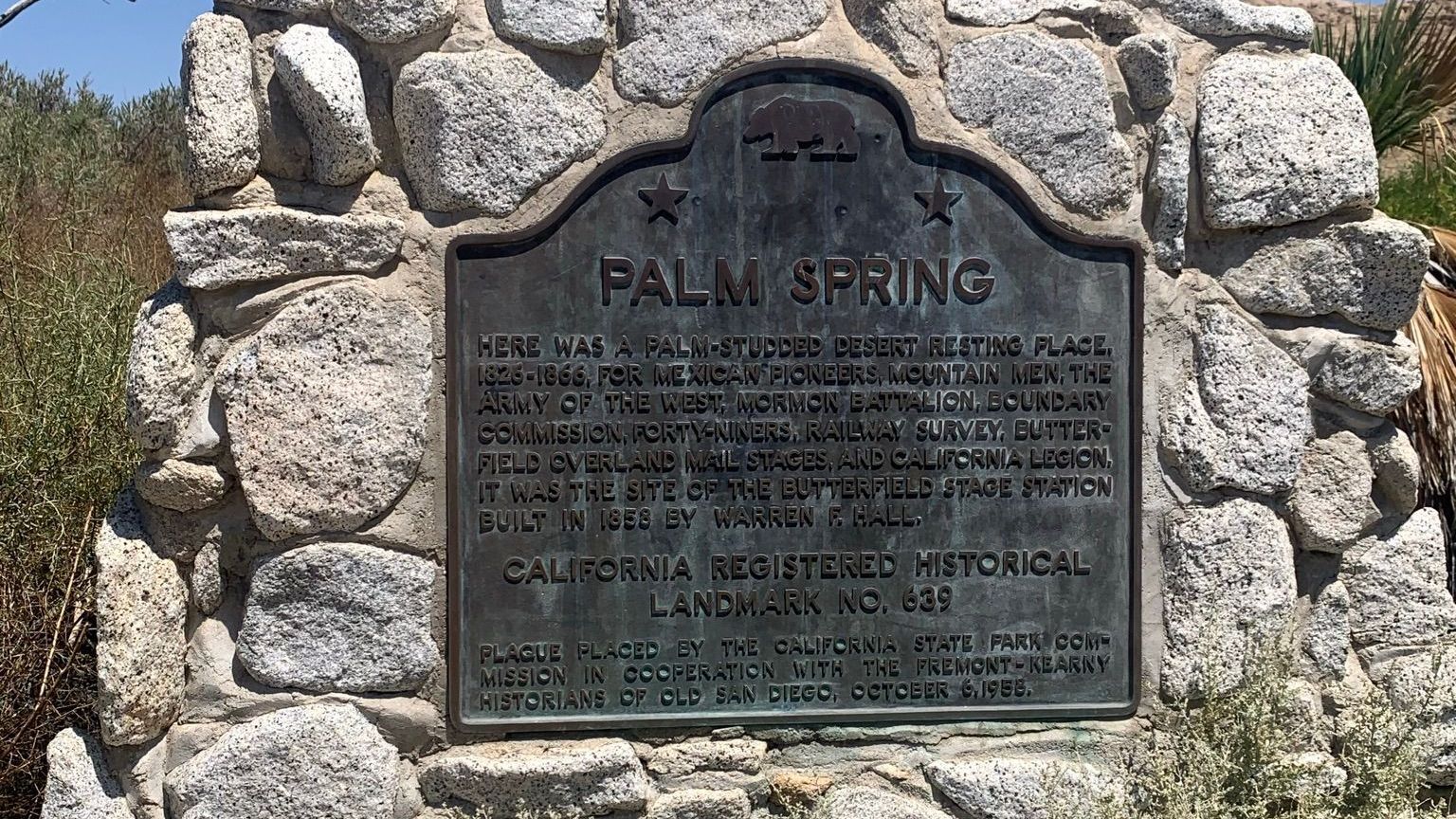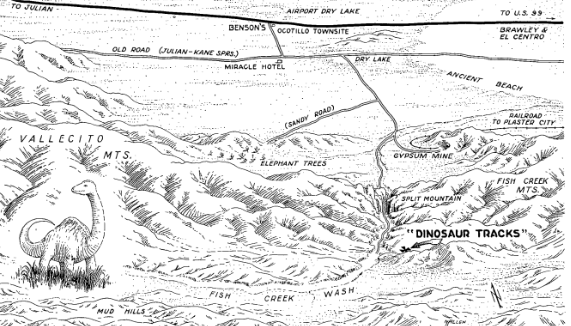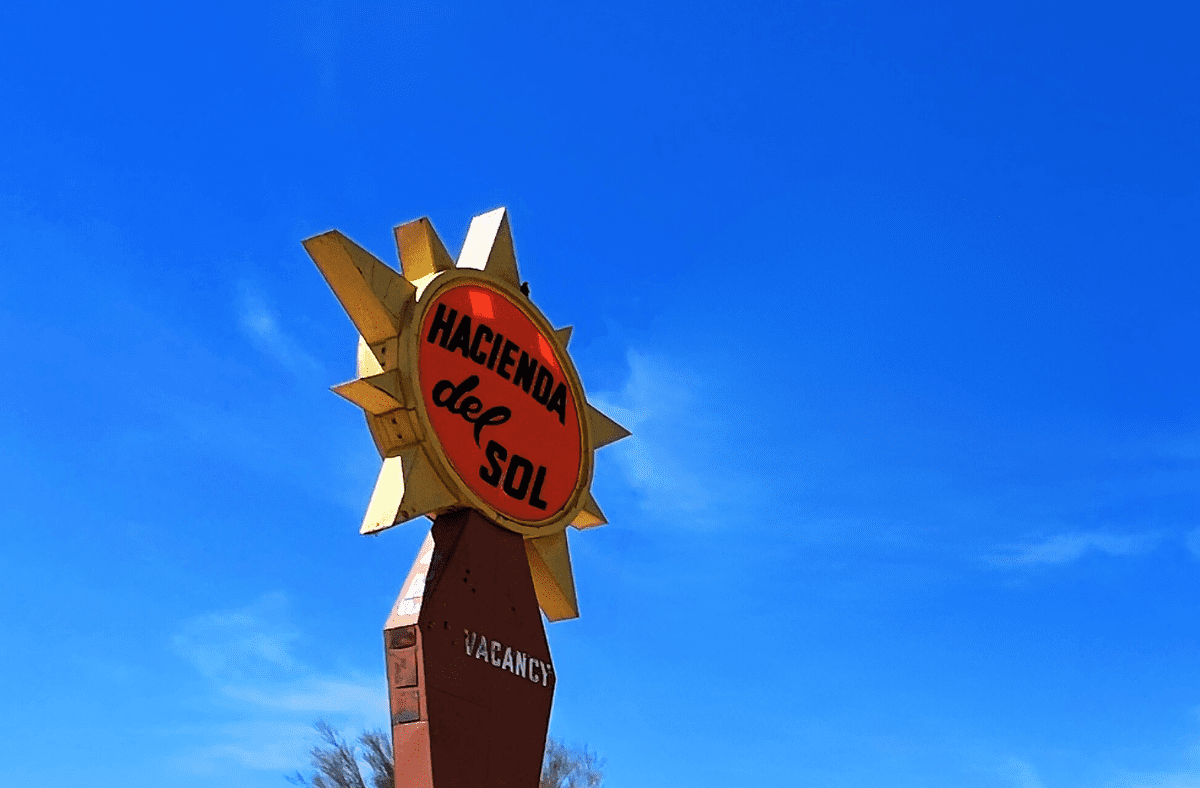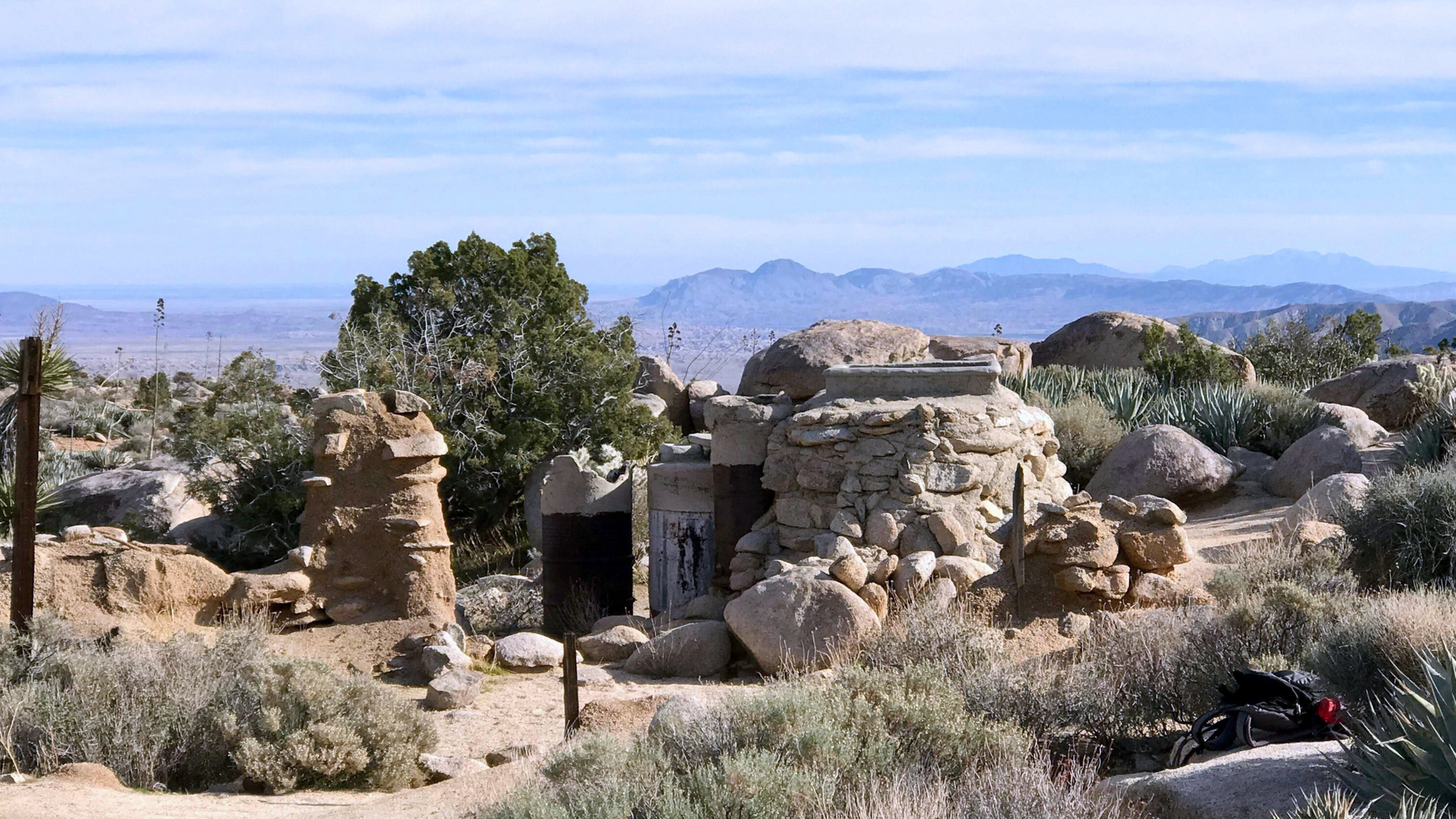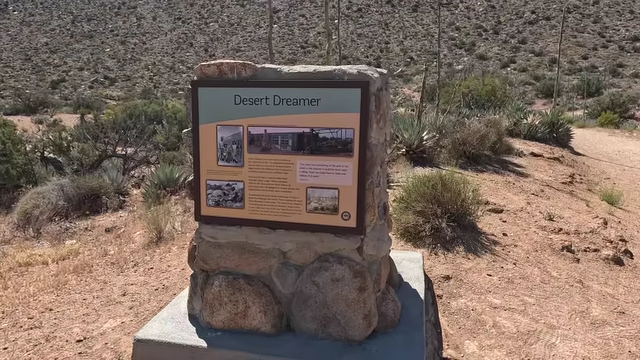Harley Garbani: Amateur Paleontologist in Anza-Borrego Desert
Share

Harley J. Garbani's Paleontological Legacy in Anza-Borrego
The Fossil Hunter's Beginnings
Harley J. Garbani's name is synonymous with the rich paleontological history of the Anza-Borrego Desert State Park. From a young age, Garbani's profound interest in the remnants of ancient life led him on a lifetime journey of discovery. His innate talent for finding fossils and artifacts was more than just a hobby; it was a passion that would shape his life and the field of paleontology.
The Anza-Borrego Discoveries
Garbani's association with the Natural History Museum of Los Angeles began in 1953, when he met the young curator Dr. Theodore Downs. Garbani donated camel and pronghorn antelope fossils from the Pliocene Mt. Eden Formation, marking the start of a remarkable partnership. In January 1954, this duo embarked on a field trip to Anza-Borrego, which led to significant fossil finds, including two tortoise specimens now recognized in scientific literature.
For the next three decades, Garbani worked alongside Dr. Downs, unearthing nearly 2,500 fossils from the region. Their findings spanned a plethora of species, shedding light on the diverse prehistoric ecosystems that once thrived in what is now a desert landscape.
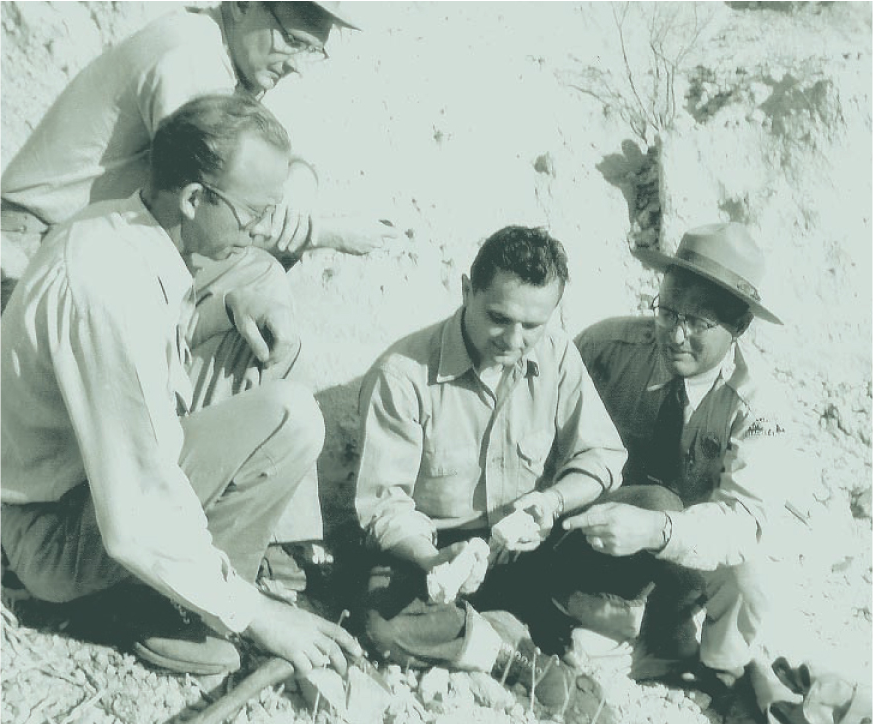
ec. 1957, left to right is Dr. John A. White, Harley J. Garbani, Dr. Theodore Downs, and Park Ranger Dalton E. Merkel (photographs courtesy of the Natural History Museum of Los Angeles County)
Monumental Finds and Accolades
Garbani's prowess in fossil hunting gained him respect not only from his peers but also from the larger scientific community. His discoveries were not confined to the desert sands of California; he ventured to the Hell Creek Formation in Montana, where he collected nearly 600 specimens. Among these were the iconic fighting dinosaurs now gracing the foyer of the Museum of Natural History in Los Angeles.
In recognition of his extraordinary contributions, the Society of Vertebrate Paleontology honored Garbani with the Morris F. Skinner Award in 1990. This accolade celebrated his outstanding and sustained contributions to scientific knowledge through the collection of important fossil vertebrates.
Legacy and Loss
The paleontological world mourned the passing of Harley J. Garbani on April 21, 2011. His legacy, however, continues to inspire and inform. Garbani's finds, particularly the Tyrannosaurus rex skeleton and the most complete skeleton of Mammoth meridionalis in North America, stand as testaments to his skill and dedication.
In Anza-Borrego, his work has helped paint a vivid picture of the mammoths that roamed the park millions of years ago. His contributions have provided invaluable insights into the life and times of these majestic creatures, making the park one of the most significant sites for proboscidean fossils in North America.
A Life Devoted to Discovery
Harley J. Garbani's story is a poignant reminder of the impact one individual can have on a scientific field. As an amateur paleontologist, his discoveries have enriched our understanding of the ancient world. Garbani's life was a journey back in time, unearthing the secrets locked within the earth, proving that passion and curiosity can lead to extraordinary achievements.
Harley Garbani:
- Child Prodigy in Fossil Hunting: Garbani began collecting fossils and artifacts at an early age, cultivating a lifelong passion for paleontology.
- Decades of Discovery: Over several decades, starting in the 1950s, Garbani discovered nearly 2,500 fossils in the Anza-Borrego region.
- Significant Contributions: He donated significant finds to the Natural History Museum of Los Angeles, including camel and pronghorn antelope fossils.
- Collaborative Efforts: Garbani worked closely with Dr. Theodore Downs and later with Dr. J. Reid Macdonald, contributing to critical paleontological research.
- Award-Winning: In 1990, he was the first recipient of the Morris F. Skinner Award from the Society of Vertebrate Paleontology for his outstanding contributions.
- Dinosaurs in Montana: Apart from his work in Anza-Borrego, Garbani collected notable dinosaur specimens in Montana, including a Tyrannosaurus rex skeleton.
- Cross-Border Expeditions: He also participated in expeditions to Mexico, discovering and recovering fossils for museum collections.
Anza-Borrego Desert State Park:
- Extensive Fossil Deposits: Anza-Borrego has been a site of paleontological interest since the 1770s, with vast arrays of invertebrate and vertebrate fossils.
- Geological Transformation: Historical accounts suggest the area was once covered by seawater, and later fresh water, forming Lake Cahuilla.
- Rich Diversity: The park's fossil records include over 100 different species, giving insight into the diverse prehistoric ecosystems.
- Mammoth Discoveries: Notable finds include the "Miller Mammoth," one of the most complete skeletons of the southern mammoth in North America.
- Paleontological Hub: The park boasts one of the most productive areas for proboscidean (elephant ancestors) fossils in North America.
- Paleontology Society Volunteer Program: Initiated by George Jacob Miller, it trained volunteers and led to a significant increase in fossil discoveries.
- Conservation and Research: The Stout Research Center, established in the park, houses thousands of curated fossil specimens and supports ongoing research.
These facts showcase the historical importance of Anza-Borrego in paleontology and the remarkable impact Harley Garbani had on the field, thanks to his dedication and natural talent for discovering the remnants of ancient life.
Learn more:
Learn More About Borrego Springs
